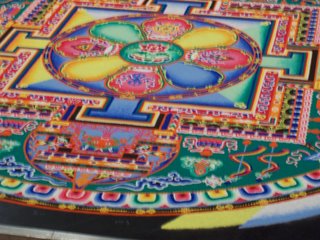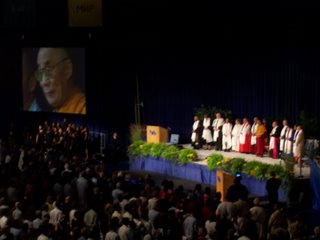"Our goal is to preserve the economic and ergonomic simplicity of the physical book," said [Jason] Epstein [of On Demand Books], who laments the disappearance of backlist and ready access to books in other languages. By printing from digital files, ODB hopes to make warehousing -- —and much of today's distribution model -- —obsolete. "In theory," said Epstein, "every book printed will be digitized, which means the market will be radically decentralized. A bookstore with this technology, without any expense to themselves [other than the machine] can increase their footprint." Of course, that also means that Kinko's or Wal-Mart can transform themselves into mini-bookstores, especially given the machine's affordability. [Dane] Neller anticipates that it will retail for less than $100,000.Not surprising, Brewster Kahle, who has also been involved both in digitizing books and printing books on demand, will be making books available through this service. New York Public Library is noted as getting one of these machines in September 2006.However, I don't see anything on the NYPL web site about it. Perhaps they are quietly launching the service?
Technorati tags:


